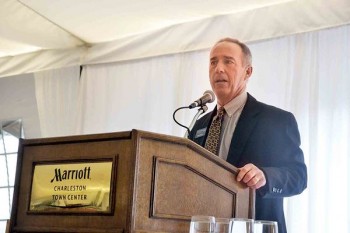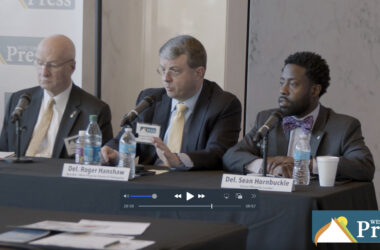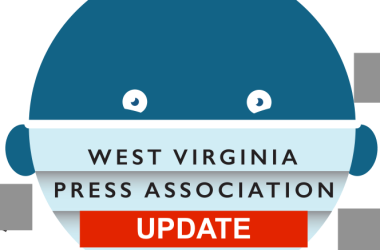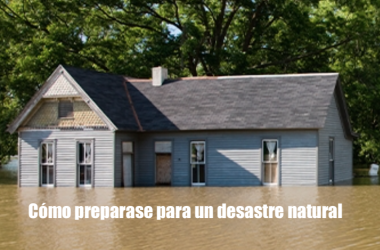
Fred Earley, president of Highmark Blue Cross and Blue Shield in Parkersburg, addresses the West Virginia Press Association during its annual Legislative Breakfast in Charleston Thursday.
CHARLESTON, W.Va. — As more people have access to health care there is a push to care for people to prevent certain conditions from developing and costing the patients more down the line, a health insurance provider told reporters from around the state Thursday.
Fred Earley, president of Highmark Blue Cross Blue Shield in Parkersburg, was one of the featured speakers at the West Virginia Press Association’s annual Legislative Breakfast in Charleston Thursday.
The implementation of the Affordable Healthcare Act has provided coverage for many people who had not previously had it, Earley said.
“We have seen an influx of additional people with health coverage who have never had it before,” he said.
Around 10 percent of the state’s population has coverage through Medicaid.
“That is a tremendous change in the economically delivery model for health care in the state to who was previously uninsured,” Earley said.
Many hospitals are reporting the majority of patient revenue is coming from government programs, he said.
“The challenge is those programs continue to underpay what the charges are for the delivery of those services,” Earley said. “It places more of the burden of sustaining the health care model on the commercial payers.”
For many people, health care expenses are their greatest expense, he said.
“That cost only continues to grow under the current model,” Earley said, adding many programs are starting to feel the strain.
The focus is not to just treat conditions as they exist, but to help people live healthier lives so they can cut down on health care costs in the long run, Earley said. Technology will help make information more accessible to physicians with focus on primary care and caring for the individual overall rather than just when something is happening, Earley said.
Public/private partnerships are being utilized to save money in a number of ways.
“I believe the state needs to continue the private environment to work collaboratively with the public environment and move toward some of these innovative models without the additional regulatory burdens associated with that,” Earley said.
Medications are making up a growing percentage of people’s health care costs, he said.
“It is becoming a larger piece of the overall health care dollar,” Earley said.
They are trying to strike a balance between cost and quality, Earley said.
A lot of costs are still focused on hospitals and facilities, he said.
Changes in technology can bring certain services to more rural areas through telemedicine services. Those have steered some of the costs away from facilities and putting them elsewhere, Earley said.
“Getting from where we are today to there will take a concerted effort of both public and private concerns,” he said.
To read more from the Parkersburg News and Sentinel, subscribe here.





